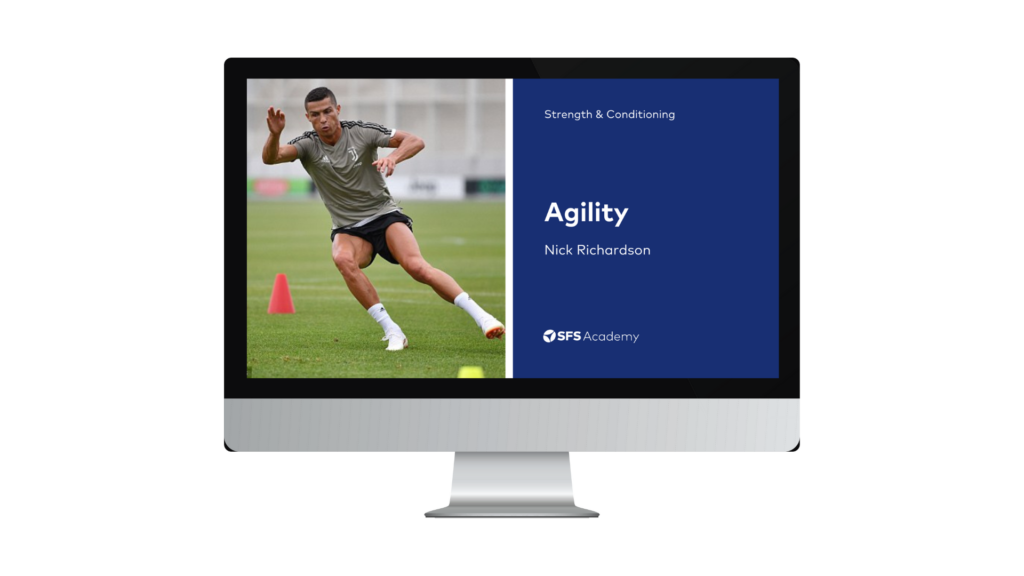Why should coaches develop a holistic sports needs analysis?
There are myriad variables an athlete and their coach must navigate when it comes to performance and one way to mitigate this complexity is through a sports needs analysis.
A sports needs analysis is the formal process of identifying and assessing the training that athletes should engage with to meet the specific demands of a sport and its competitions.
There are four main reasons for a needs analysis – they are the current best practice when assessing sport demands and athlete needs; enable coaches to objectively share athlete-derived insights among other team staff; bring new team staff quickly up-to-speed on team performance strategy, and provide the framework for future strategy development.
When creating a sport needs analysis, the athlete should be seen as the glue that provides the context and background to a coach’s decisions and insights. To build a comprehensive sport needs analysis, coaches should follow seven pillars – athlete, sport, injury risk, psychology, monitoring, programming, and an annual plan.

Sports needs analysis: An introduction
There are myriad variables an athlete and their coach must navigate when it comes to performance – training, injury risk, human biology and strength and conditioning to name just a few. But one way to mitigate this complexity is through a sports needs analysis, a leading physical performance coach says.
“Factors [coaches must juggle] include, although not limited to: sport and athlete context, athlete biology, training programming, nutrition, injury risk, conditioning and speed,” said Adam Crook during his Science for Sport presentation titled ‘Holistic Sport Needs Analysis’.
“So, coaches should complete a sport needs analysis, [which is a] formal process of identifying and assessing the training that athletes should engage with to meet the specific demands of a sport and its competitions.”
A needs analysis is often referred to as situational analysis, problem assessment, and/or diagnosis which involves the collecting of background information, understanding the demands of the sport, identifying benchmarks, potential obstacles, and the resources required to perform.
The process of creating a needs analysis is one of the most time-consuming aspects of developing a performance strategy.
“Yet, it is valuable. They are not an evaluation, instead, more of a process of identifying the facts around performance and the athlete to help coaches identify and close the gaps and/or differences between what is done in training and what athletes should be doing as part of a performance strategy,” explained Crooks.
Why complete a needs analysis?
Crook says coaches should engage in a needs analysis for four main reasons:
- Best practice
“A needs analysis enables coaches to better understand the demands of the sport played, competition level, age groups, positional differences, and build a library of resources for future use and objective reflection.”
- Knowledge exchange
“With the objective assessment of an athlete’s needs complete, your multi-disciplinary team (physio/medical, sports coach, strength and conditioning, sports science, nutritional, psychology) can exchange information and create an athlete-specific plan for their development and performance improvement.”
- Education
“The information you can build around your sport and athlete is particularly important for those staff new to your organisation. It enables them to get up to speed quickly on the demands of the sport, what the short- and long-term plans are for the athlete, and support the team as effectively and quickly as possible.”
- Value
“Your sport needs analysis work contributes back to the athletes and provides value for others trying to model their training and/or performance levels.”
Holistic versus traditional approach
Ultimately, a sport needs analysis enables coaches to fully assess and therefore understand the context in which their athletes are performing. A traditional approach to a sport needs analysis considers the following factors:
- Metabolic – What are the main physiological demands of the sport, athletes, and position?
- Biomechanical – What are the main movement pattern demands of the sport, athlete, and position?
- Injury – What are the common injuries?
Crook suggests the approach to a sport needs analysis needs to be more holistic in nature than as described above, as the traditional approach does not encompass the modern nature of sport and is sport-specific rather than athlete-specific.
“Performance is complex and multifactorial – a focus on a single coach/team department is too limiting, so sport needs analysis’ should integrate all interdisciplinary departments. Keep the athlete as the focus of your plan rather than just assessing the demands of the sport, and be progressive enough to reflect sport changes (rule/competition) and an athlete’s lifestyle (relationship/family developments),” explained Crook.
How to build a sports needs analysis
When creating a sport needs analysis, the athlete should be seen as the glue that provides the context and background to any decisions and findings. Crook outlined seven pillars coaches should follow to build a comprehensive sport needs analysis.
- Athlete
Assess: background, context, social environment, training history, and previous medical/physiotherapy.
“Social factors are a key component in providing context to an athlete’s background … and technical competency frameworks (inventory of anticipated knowledge, skills and abilities) such as an OHS Assessment can be used to gather this critical information. Also, screening tools are subjective but they can be utilised for detecting underlying musculoskeletal limitations that might predispose an athlete to injury,” said Crooks.
- Sport
Assess: physiological, biomechanical, and physical.
Crooks explained: “during this stage, coaches should gauge aerobic and lactic capacity required, kinetics and movement demands, movement type, duration, intensity, and frequency, movement patterns and categorisation, and the desired strength, power, and speed of the sport.”
- Injury risk
Assess: relationship to sports activity, mode of onset, mechanism, and injury classification.
“Injury risk is arguably the most important, yet overlooked pillar. If not already in place, practitioners should record injury data according to the classification systems of: Sport Medicine Diagnostic Coding System (SMDCS) & Orchard Sports Injury & Illness Classification System (OSIICS). Also, they should be cautious about claims surrounding ‘injury prediction’ and ‘injury prevention’,” mentioned Crooks.
- Psychology
Assess: Behaviours, traits, and values.
Crooks suggested: “practitioners spend a large amount of time, effort, and energy profiling an athlete’s physical qualities. Less can be said for an athlete’s psychological profile. Subjective archetyping (pattern of behaviour) may be a useful tool for better understanding individual preferences and communication styles. It is important to note that any psychometric evaluation/interventions should come from a qualified sports psychologist.”
- Monitoring
Assess: Testing practices and reliability.
“Monitoring practices are vital for understanding baselines, ranking athletes, evaluating training impact, informing rehabilitation and programming,” explained Crooks.
Performance testing (fitness testing) should follow a logical sequence and should be standardised to ensure the reliability of results.
- Programming
Assess: Rationale and justification for exercise selection and implementation.
“Use the sport and athlete context derived from the other pillars to objectively assess your plan for your athletes, and use it as a reflection tool in the future,” said Crooks.
- Annual plan
Assess: calendar, key fixtures, and travel.
“Extended competition seasons, multiple training goals, concurrent training, time constraints, and impact of physical stress from the sport should all be assessed during an annual plan. Annual plans extend far beyond just the sport and its competition, it should also consider an athlete’s personal calendar,” outlined Crooks.
[optin-monster slug=”nhpxak0baeqvjdeila6a”]




